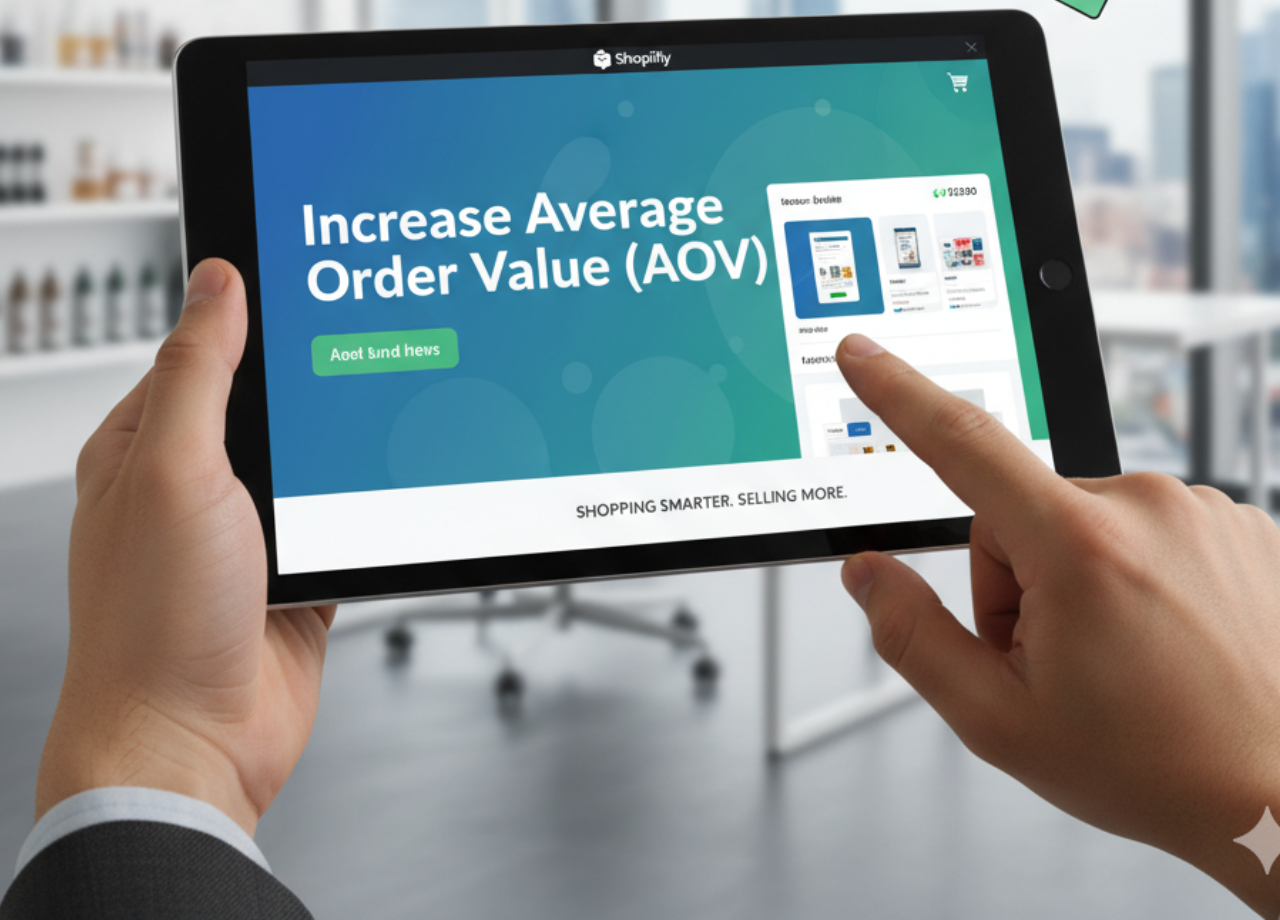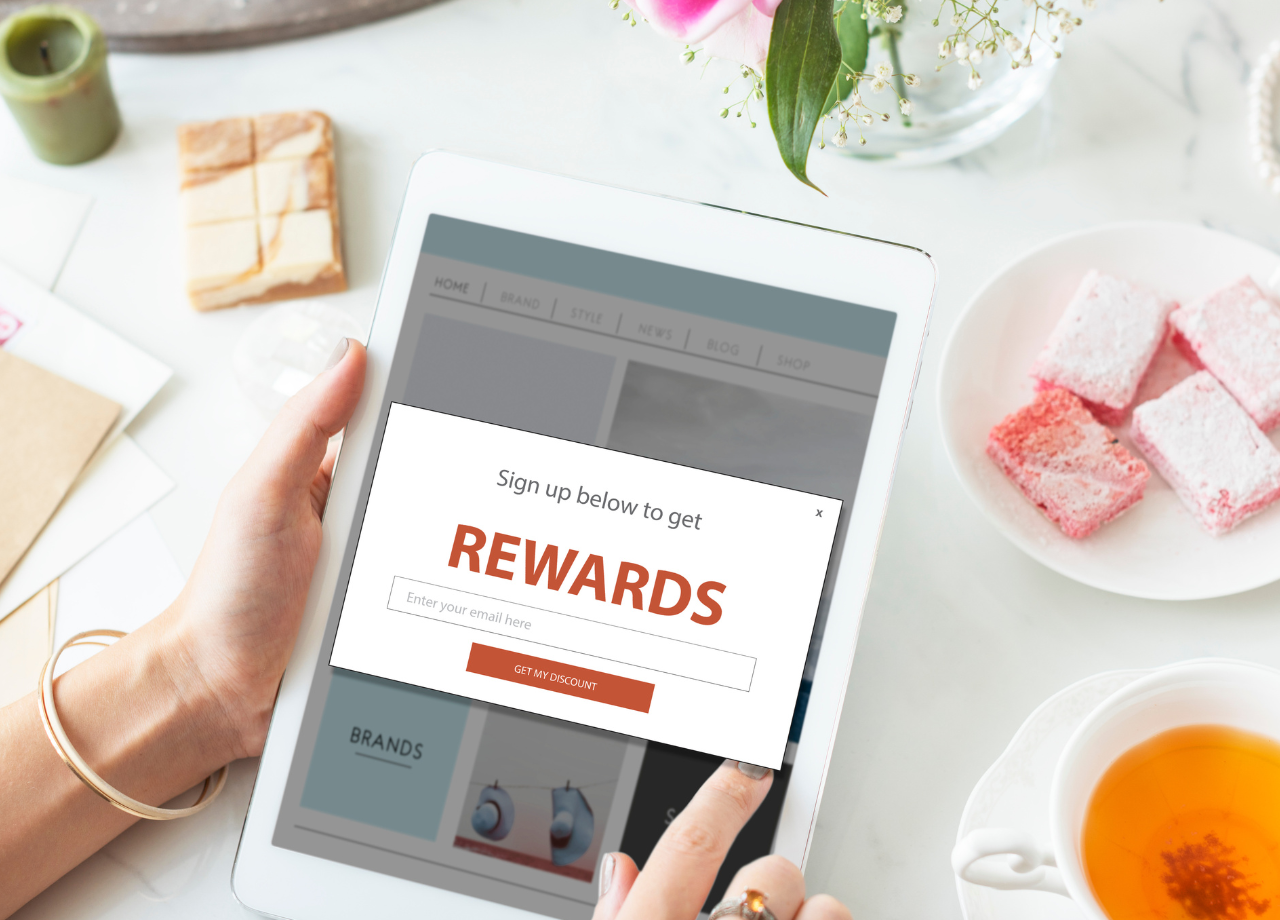
Merchants on Shopify spend a lot of energy driving traffic, but the real leverage often lies in raising the average order value (AOV) of the customers already buying. Traditional tactics—like offering product bundles or “buy more, save more” promotions—still work, but they’ve become so common that they rarely feel unique. Shoppers today expect a reason to stretch their cart, and not just through discounts. What sets top Shopify brands apart is how they use loyalty to create stronger spending behavior without reducing margins.
This isn’t about creating gimmicks. It’s about shaping customer psychology so that each purchase feels more rewarding, more personal, and more aligned with the brand. Let’s look at some strategies Shopify merchants are using now to lift AOV through loyalty design, beyond the standard bundle play.
1. Tiered Rewards That Push the Next Threshold
Customers rarely want to leave points on the table. This is where tiered loyalty ecosystems shine. Instead of offering a flat earn rate, merchants set thresholds that encourage customers to add “just one more” item. For example:
- Spend $75, earn 200 points.
- Spend $150, earn 500 points.
By structuring rewards this way, merchants motivate customers to naturally increase their cart size to reach the next milestone. The psychology is simple—once a shopper knows they’re just shy of the next tier, they’re far more likely to add a product rather than walk away.
This tactic works especially well on Shopify stores with diverse product ranges, where customers can easily justify small add-ons to hit the next tier.
2. Exclusive Loyalty Member Upsells
Shopify’s upsell apps often default to “customers also bought” recommendations. But loyalty-driven upsells take a different approach: offer an exclusive product or perk that only loyalty members can unlock when they cross a cart threshold.
Think of it like a backstage pass. Instead of being nudged toward generic add-ons, members are shown offers tied to their loyalty status. Example: “Add $40 more to your cart and unlock this members-only candle for $10.”
This doesn’t just raise AOV—it increases loyalty program sign-ups. Customers want the sense of access and exclusivity, which Shopify merchants can operationalize with gated offers.
3. Points Multipliers on High-Margin Products
Discounts eat into profit, but loyalty points feel like a win-win. Shopify merchants can guide spending toward higher-margin items by offering multipliers. Instead of earning 1x points across the board, certain categories or products earn 3x or 5x points during promotions.
The key is transparency. Make sure the shopper knows about the points boost early in the buying journey. Merchants that integrate loyalty messaging into product pages, carts, and checkout steps see higher uptake. It turns points into a motivator instead of an afterthought.
Platforms like Rediem make this easy by letting brands set custom earn rules tied to categories or SKUs, which ensures AOV growth doesn’t come at the expense of profitability.
4. Loyalty-Driven Free Shipping Thresholds
Free shipping has become a default in eCommerce, but most Shopify stores set static thresholds. A loyalty-driven variation adds flexibility and gamification. Instead of a flat $100 minimum, merchants can scale thresholds based on loyalty status:
- Bronze members: Free shipping at $100.
- Silver members: Free shipping at $80.
- Gold members: Free shipping at $60.
This approach creates two behaviors. First, non-members are motivated to join the program. Second, higher-tier members feel rewarded in a way that directly affects their checkout decisions. Shipping perks tied to loyalty often raise AOV because shoppers want to feel the advantage of their membership tier.
5. Experiential Rewards That Scale With Cart Size
Shoppers don’t only want points or discounts—they want experiences that money can’t easily buy. A few Shopify merchants have experimented with tiered experiential rewards that kick in at higher cart values. Examples include:
- Early access to a limited collection.
- Invitation to a digital event or Q&A with the founder.
- Free gift wrapping or a handwritten thank-you note.

These small gestures can push shoppers toward bigger orders because they feel personal. Customers aren’t just buying products; they’re buying recognition and access. Shopify makes it easy to integrate these touches with apps that tag orders based on spend thresholds, allowing fulfillment teams to deliver those extra rewards seamlessly.
6. Loyalty-Backed Subscriptions
Subscription models already boost AOV through recurring revenue, but tying them to loyalty programs amplifies the effect. Some Shopify stores now offer extra loyalty points for subscription purchases, or bonus rewards after a certain number of recurring shipments.
This strategy turns a one-time cart into a long-term commitment, while simultaneously raising the initial AOV. A customer choosing between a one-off purchase and a subscription is far more likely to opt into the higher-value option when loyalty rewards are layered in.
7. Personalized Cart Nudges Based on Loyalty Data
Generic “You’re $15 away from free shipping” banners are everywhere. But personalization—based on loyalty tier, purchase history, or predicted behavior—adds a sharper edge.
Imagine two customers:
- A first-time buyer with a $50 cart.
- A gold-tier member with a $120 cart.
The messaging for each should be different. The first customer might be nudged toward a lower threshold: “Spend $20 more and earn your first 150 points.” The gold-tier member, on the other hand, could see: “Add $30 more and unlock double points on this order.”
This kind of segmentation feels tailored and significantly raises the likelihood of upsell acceptance. Shopify’s ecosystem allows merchants to tie loyalty data into their cart messaging, creating more sophisticated and effective nudges.
8. Using Social Proof Around Loyalty Spending
Shoppers trust what others are doing. Some Shopify merchants now showcase live notifications or feeds that highlight loyalty-based milestones. For example:
“Jessica in New York just earned 500 points by spending $120.”
This kind of subtle social proof triggers a fear of missing out, nudging customers to adjust their own carts. It makes loyalty feel alive and communal, not just transactional. The technique borrows from social commerce playbooks but roots the motivation in loyalty.
The Bigger Shift: Loyalty as a Revenue Driver, Not a Retention Tool
Too often, Shopify brands still treat loyalty programs as a way to hold onto existing customers instead of shaping real-time purchase behavior. But the brands growing fastest understand loyalty is a lever for revenue. It’s a tool for changing how much customers spend right now, not just whether they’ll come back later.
Raising AOV isn’t about pushing discounts harder. It’s about designing rewards, experiences, and nudges that make larger purchases feel natural and rewarding. Shopify merchants who master this will find their loyalty program isn’t just a back-end retention play—it’s a profit engine sitting in plain sight.

